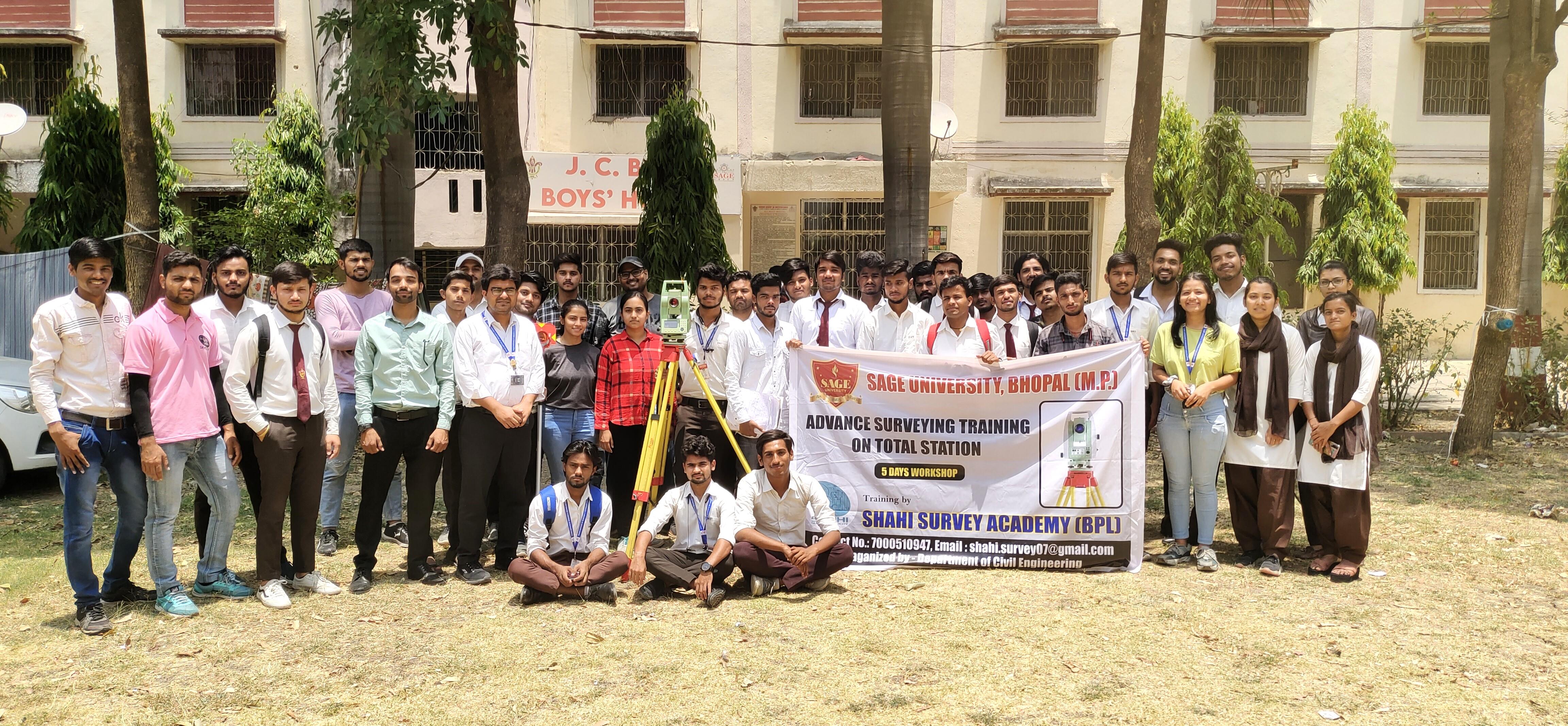


The Total Station is a shining example of accuracy, efficiency, and precision in the field of contemporary surveying. Total Station, which combines cutting-edge technology with conventional surveying concepts, has completely changed how land is surveyed, charted, and examined. Comprehensive training is necessary, though, in order to realize its full potential. This essay explores the importance of Total Station training, including its elements, applications, and operational strategies, as well as how important a part it will play in determining surveying procedures going forward.
The Importance of Total Station Training: In the modern surveying environment, Total Station Training is not only an option, but a requirement. It is the key that opens the door to this advanced instrument's full potential. Surveyors become proficient in using Total Stations through training, which guarantees measurement accuracy and precision. Additionally, training gives users a thorough understanding of the instrument's features, empowering them to confidently and easily traverse its complexities.
Parts of the Total Station:
A total station is made up of a few fundamental parts, each of which is crucial to the way it works:
The electronic theodolite is in charge of measuring angles both vertically and horizontally with the highest precision.
Electronic distance meter (EDM): This device uses laser technology to measure distances precisely.